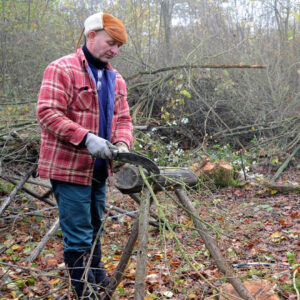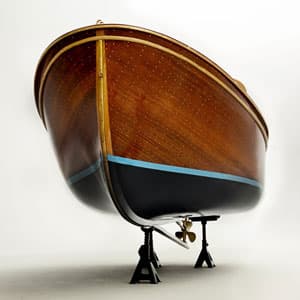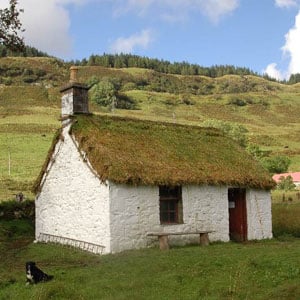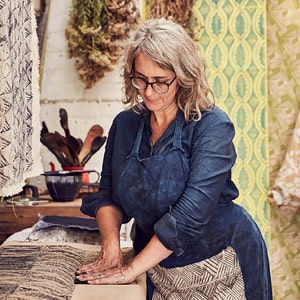
A scissor maker (pictured with his team), a paper maker and an industrial ceramics practitioner have been selected as the three finalists from a shortlist of eight, as part of the inaugural President’s Award for Endangered Crafts.
The President’s Award for Endangered Crafts was established in 2020 by Heritage Crafts President The former Prince of Wales. Each year the President’s Award presents £3,000 to a heritage craftsperson who will use the funding to ensure that craft skills are passed on to the future. The Heritage Crafts published the latest edition of its […]

A thatching spar maker, a pigment maker, and a boatbuilder are among the recipients of a new round of grants to help safeguard some of the UK’s most endangered craft skills. Heritage Crafts has awarded the grants through its Endangered Crafts Fund, which was launched in 2019 to increase the likelihood of at-risk craft skills surviving into the next generation.

Heritage Crafts and The Royal Mint have announced the finalists of the inaugural Precious Metalworker of the Year award, including a silversmith, a silver spinner and a watch dial enameller. The winner will be announced on 15 November.

Heritage Crafts and Axminster Tools have announced the finalists of the second annual Woodworker of the Year award, including two woodcarvers and a marionette maker. The winner will be announced on 15 November.

The three finalists for the 2023 President’s Award for Endangered Crafts, established by Heritage Crafts President The Former Prince of Wales, have been announced, including a straw hat maker, a coppersmith and a withy pot maker.

Following a strong year full of high-quality nominations, the finalists for this year’s Heritage Crafts Awards, supported by the Marsh Charitable Trust, have been announced for Maker, Trainer, Trainee and Volunteer of the Year, plus a new Lifetime Achievement Award.

A coppersmith, a Highland thatcher and a trainee sailmaker are among seven recipients of a new round of grants to help safeguard some of UK’s most endangered crafts. Five of this round’s grants are funded by The Radcliffe Trust and were selected with special consideration of the impact of the energy crisis.

A block printer, a trainee rake maker and a reverse glass sign artist have been awarded grants to help safeguard some of Sussex’s most endangered craft skills, thanks to a partnership between Heritage Crafts and the Sussex Heritage Trust.